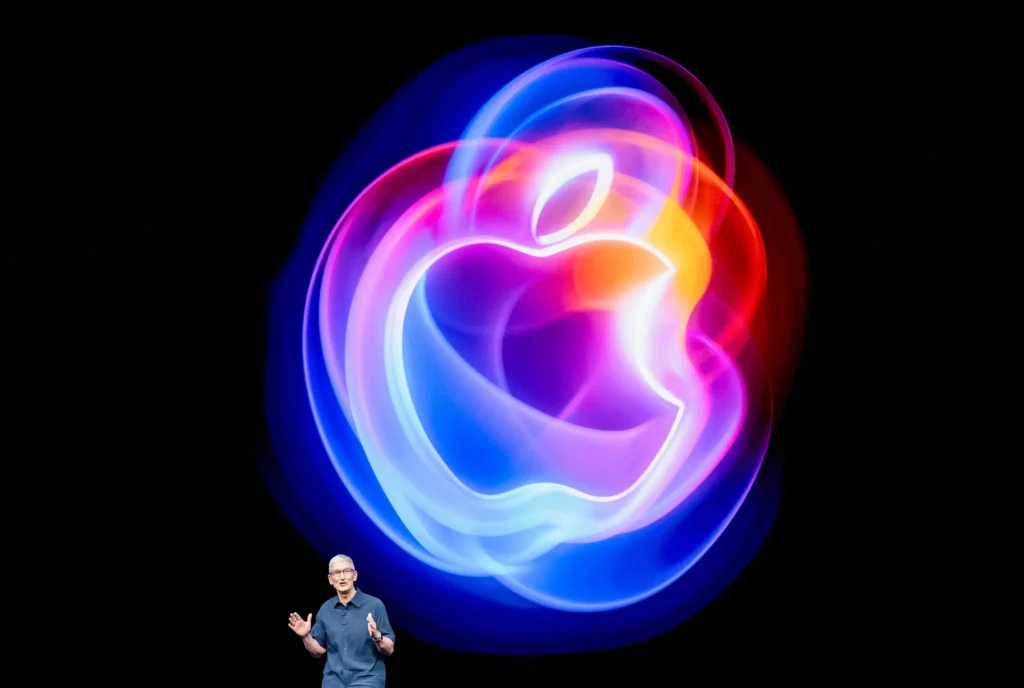Potatoes are a beloved staple in many diets, but for those watching their blood sugar levels, they can be a bit of a tricky subject. Fear not, potato lovers! In this blog post, we’ll dive into the world of how to enjoy potatoes without sending your blood sugar on a rollercoaster ride. From portion sizes to cooking methods and delicious alternatives, we’ve got you covered with practical tips and mouthwatering ideas. Let’s explore the art of eating potatoes while keeping your health in check!
Understanding the impact of potatoes on blood sugar levels
Potatoes are a complex carbohydrate that can have varying effects on blood sugar levels depending on how they are prepared and consumed. When potatoes are eaten, they are broken down into glucose in the body, causing blood sugar to rise. The glycemic index (GI) of potatoes plays a crucial role in determining how quickly this spike occurs, with high-GI varieties leading to rapid increases in blood sugar.
Factors like cooking methods and portion sizes also influence the impact of potatoes on blood sugar levels. Boiling or steaming potatoes can result in a lower GI compared to frying or baking them. Additionally, consuming smaller portions helps moderate the rise in blood sugar after eating.
By understanding these nuances and making mindful choices, it’s possible to enjoy potatoes while managing blood sugar levels effectively.
Limiting portion sizes and choosing the right type of potatoes
When it comes to managing blood sugar levels, portion control plays a key role. Opting for smaller servings of potatoes can help prevent drastic spikes in glucose levels. Instead of loading up your plate with mashed or fried potatoes, consider enjoying a modest portion size.
Additionally, choosing the right type of potatoes can make a difference. Sweet potatoes and new potatoes typically have lower glycemic indexes compared to russet or white potatoes. These varieties release sugar into the bloodstream more gradually, promoting better blood sugar regulation.
Experiment with incorporating different types of potatoes into your meals to see which ones work best for you. Whether you prefer baking sweet potato wedges or roasting baby new potatoes, there are plenty of delicious options to explore while being mindful of your blood sugar levels.
Incorporating other low glycemic index foods into potato-based meals
When it comes to enjoying potatoes without causing a spike in blood sugar levels, incorporating other low glycemic index foods into your meals can make a significant difference. By combining potatoes with foods that have a lower impact on blood sugar, you can create balanced and satisfying dishes.
One great option is to pair potatoes with lean proteins like grilled chicken or tofu. Protein helps slow down the digestion of carbohydrates, including those found in potatoes, which can help prevent rapid spikes in blood sugar.
Additionally, adding non-starchy vegetables like broccoli, spinach, or bell peppers to your potato-based meals can increase the fiber content and nutritional value while also lowering the overall glycemic load of the dish. These veggies not only add color and flavor but also contribute to better blood sugar management.
Incorporating healthy fats such as avocado slices or a drizzle of olive oil can further enhance the satiety factor of your meal and promote stable blood sugar levels. Healthy fats slow down digestion and help regulate insulin response when paired with carbohydrates like potatoes.
By being mindful of the different food groups you include in your potato-based meals, you can create delicious and balanced dishes that are less likely to cause sharp increases in blood sugar.
Cooking methods that can help control blood sugar spikes
When it comes to enjoying potatoes without causing a sudden spike in blood sugar levels, the way you cook them can make all the difference. Opting for cooking methods that are gentler on your blood sugar is key.
One effective technique is roasting potatoes instead of frying them. Roasting helps retain more nutrients and allows for a slower release of sugars into the bloodstream compared to deep-frying.
Steaming or boiling potatoes with their skin-on is another great option as it helps preserve their natural fiber content. Fiber slows down digestion, preventing rapid spikes in blood sugar after eating.
If you prefer a crispy texture, try air-frying potato wedges with minimal oil instead of traditional frying methods. This method reduces overall fat intake and promotes better blood sugar control.
Experimenting with different cooking techniques like mashing or grilling can also add variety to your potato dishes while keeping your blood sugar levels in check. By being mindful of how you prepare your potatoes, you can enjoy this versatile vegetable without worrying about unwanted glucose fluctuations.
Alternatives to traditional potato dishes
If you’re looking to switch things up and explore alternatives to traditional potato dishes, there are plenty of creative options to consider. One tasty substitute is using cauliflower as a low-carb alternative to potatoes. Cauliflower can be mashed, roasted, or turned into cauliflower tots for a healthier twist on classic potato recipes.
Another innovative choice is swapping out regular potatoes for sweet potatoes. Packed with fiber and nutrients, sweet potatoes offer a deliciously sweet flavor that pairs well with various seasonings and cooking methods. Try making sweet potato fries or incorporating them into soups and stews for a nutritious boost.
For those seeking a lighter option, zucchini noodles (zoodles) can be used in place of traditional pasta or potatoes in many dishes. Whether sautéed, baked, or spiralized raw, zucchini noodles provide a fresh and vibrant alternative that complements different flavors beautifully.
Exploring these alternatives can add variety to your meals while keeping blood sugar levels stable. Get creative in the kitchen and experiment with different ingredients to discover new favorite dishes!
The importance of mindful eating and moderation
Mindful eating and moderation go hand in hand when it comes to managing blood sugar levels while enjoying potatoes. Being mindful means being present and aware of your food choices, how they make you feel, and the impact they have on your body. It’s about savoring each bite, chewing slowly, and listening to your body’s hunger cues.
Moderation is key in maintaining a balanced diet that includes potatoes without causing spikes in blood sugar. Portion control is crucial – enjoy potatoes as part of a well-rounded meal with other low glycemic index foods to help slow down digestion and minimize blood sugar fluctuations.
By practicing mindful eating techniques like setting aside distractions during meals, focusing on the flavors and textures of your food, and stopping when you’re satisfied rather than full, you can strike a healthy balance between enjoying potatoes without compromising your blood sugar levels.
Conclusion
Enjoying potatoes while keeping blood sugar levels in check is achievable with mindful choices and moderation. By understanding the impact of different potato types, portion sizes, cooking methods, and incorporating low glycemic index foods, you can savor this versatile vegetable without causing significant spikes in blood sugar. Remember that healthy eating is about balance and making informed decisions to support your well-being. So go ahead and relish your favorite potato dishes responsibly for a satisfying and nutritious culinary experience!
Also know more about Potatoes for Diabetes
Stay tuned for more updates only on QAWire


